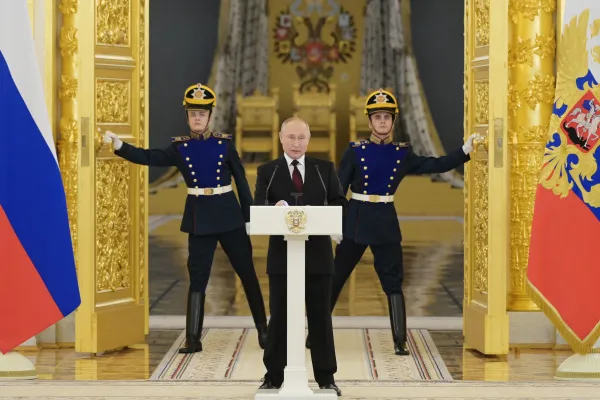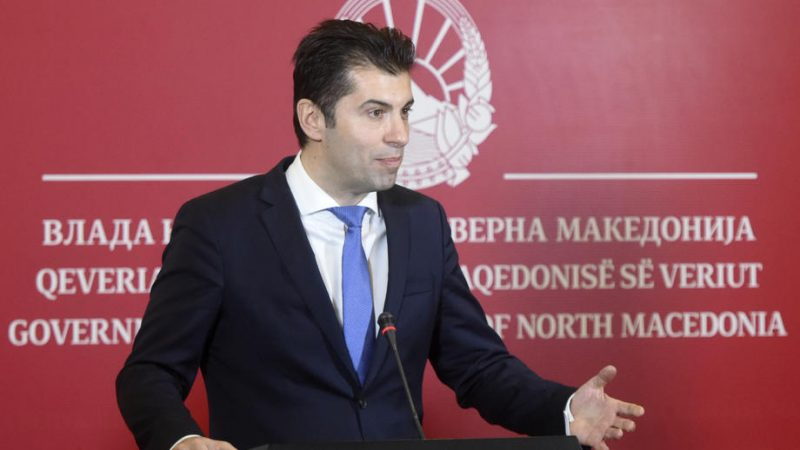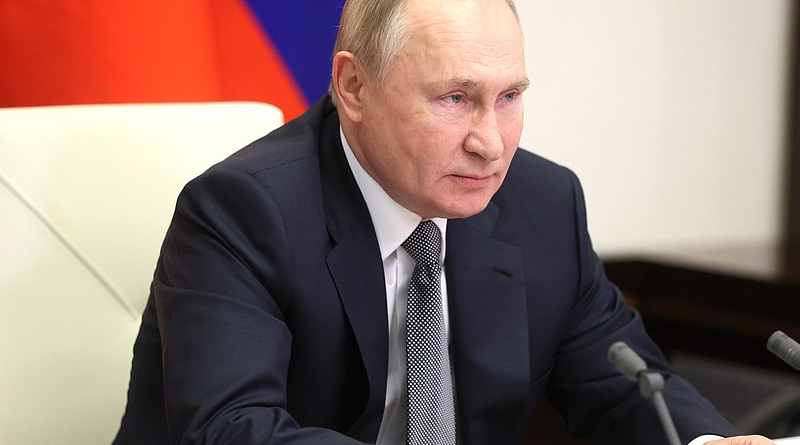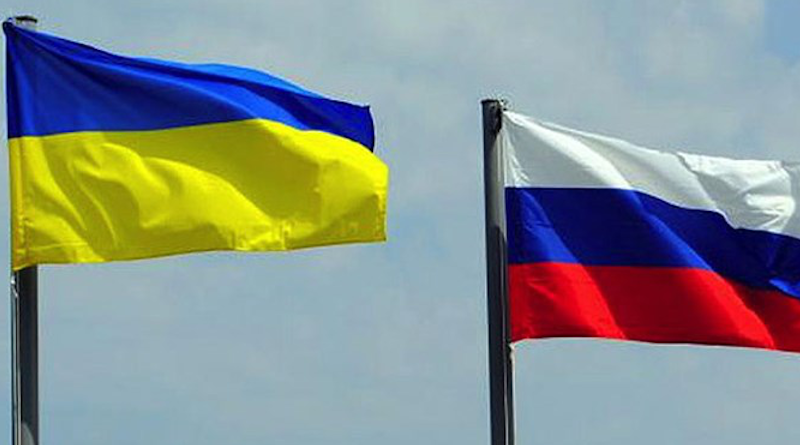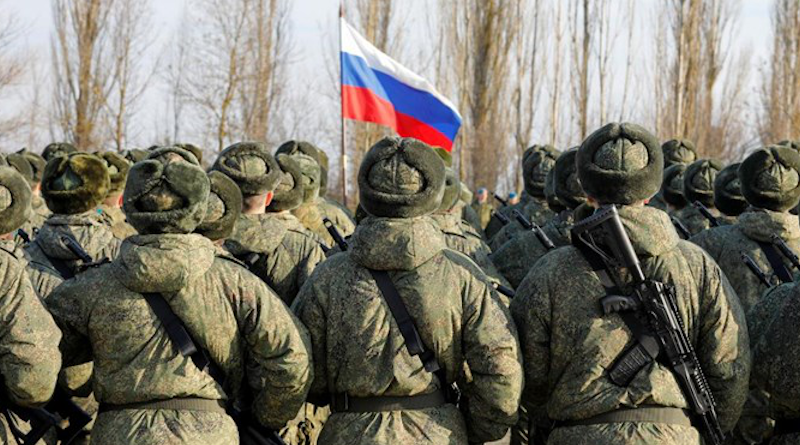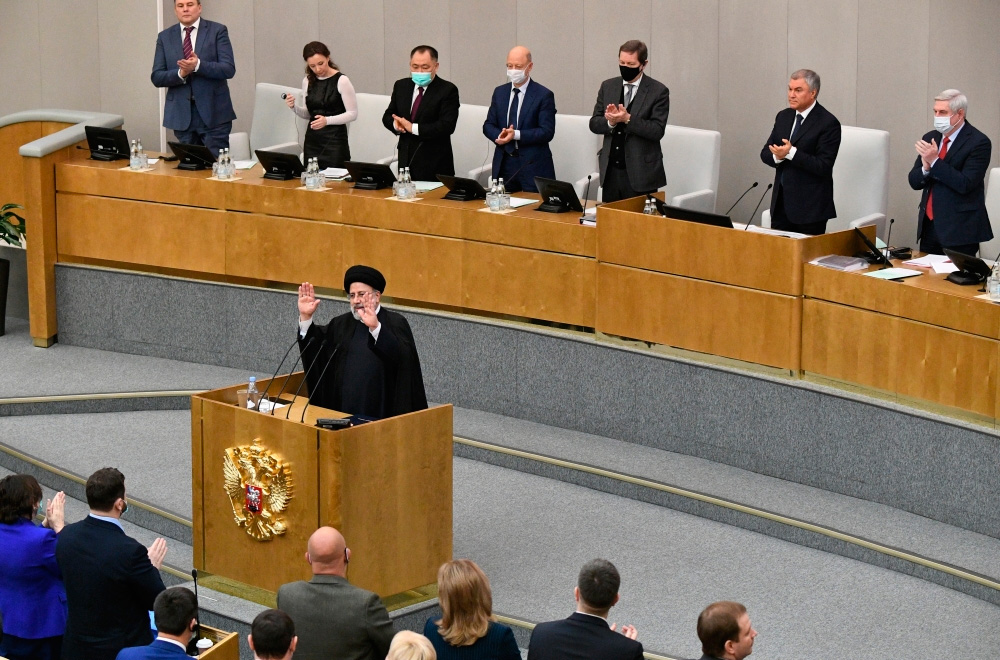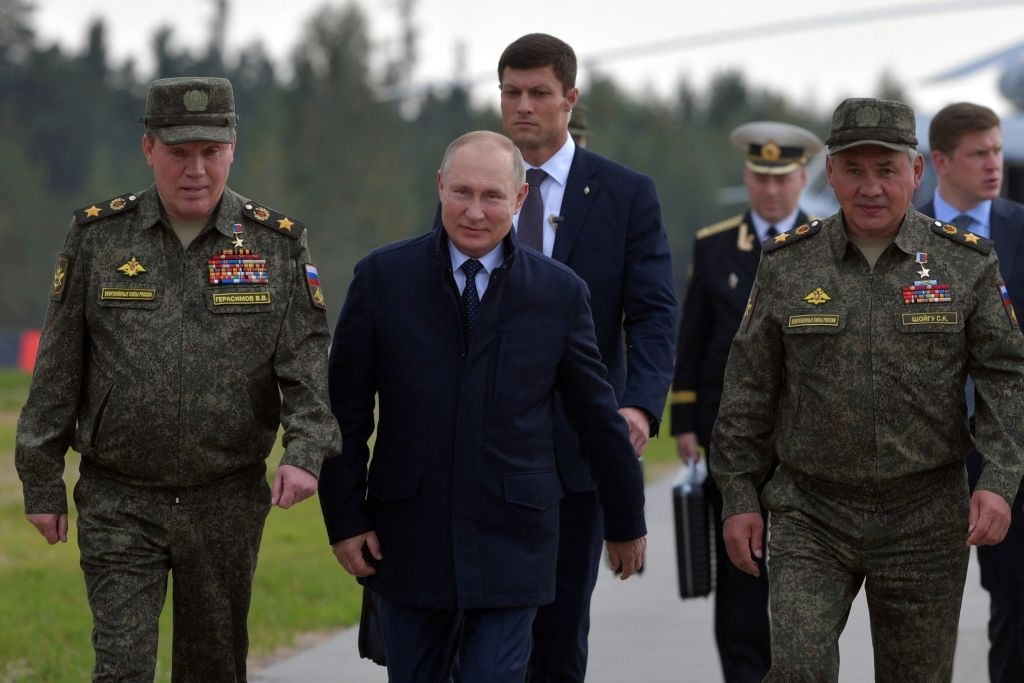Ukraine Energy Profile: Important Transit Country For Supplies Of Oil And Natural Gas From Russia – Analysis
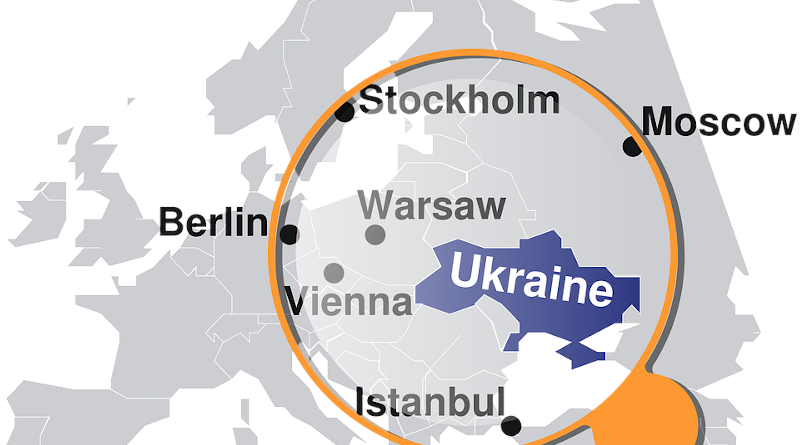
Ukraine is an important transit country for supplies of oil and natural gas from Russia to countries throughout Europe.
Ukraine’s hydrocarbon resources are located in the Dnieper-Donetsk region in the east, the Carpathian region in the west, and the Black Sea-Sea of Azov region in the south. The Dnieper-Donetsk region accounts for 90% of natural gas production. The remaining 10% of natural gas production originates in the Carpathian and Black Sea-Sea of Azov regions.
Ukraine produces coal, natural gas, petroleum and other liquids, nuclear, and renewables. However, energy demand exceeds domestic energy supply; imports cover an energy gap of about 35%.

